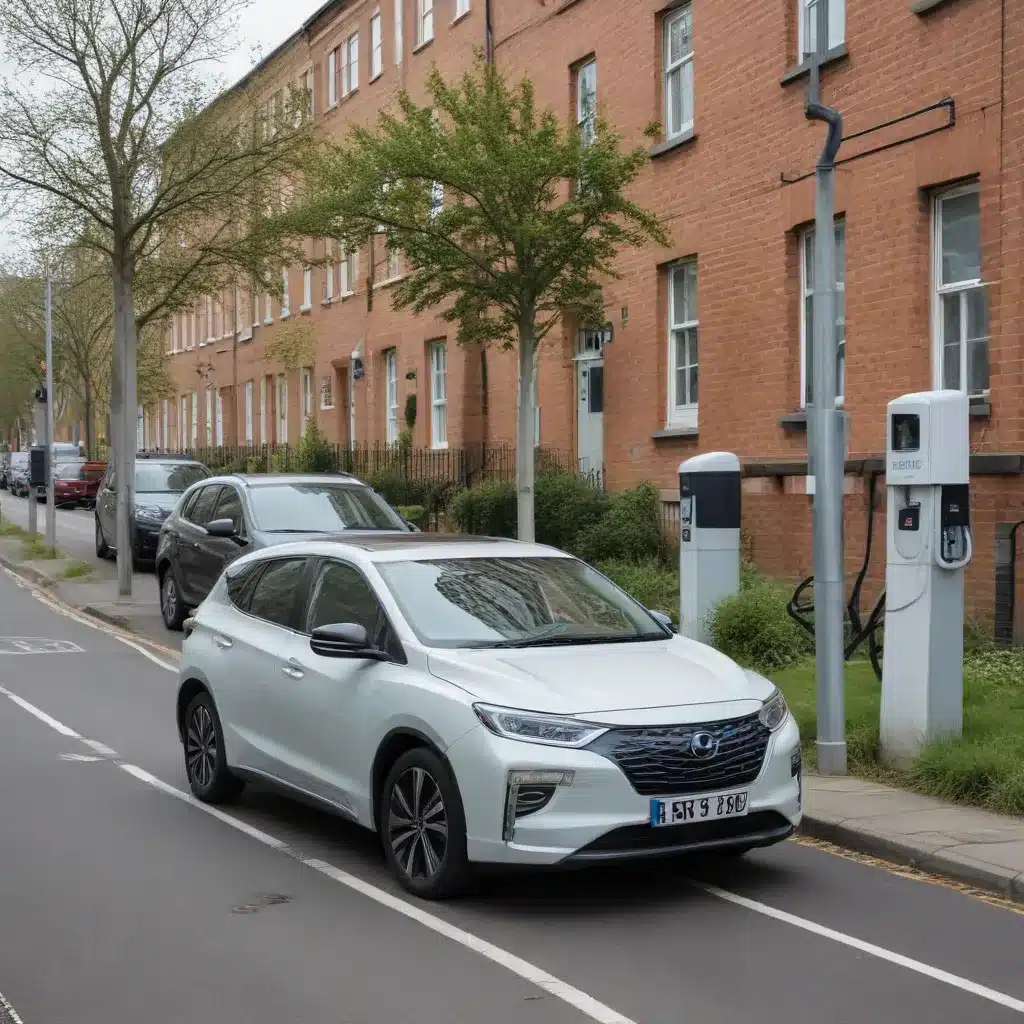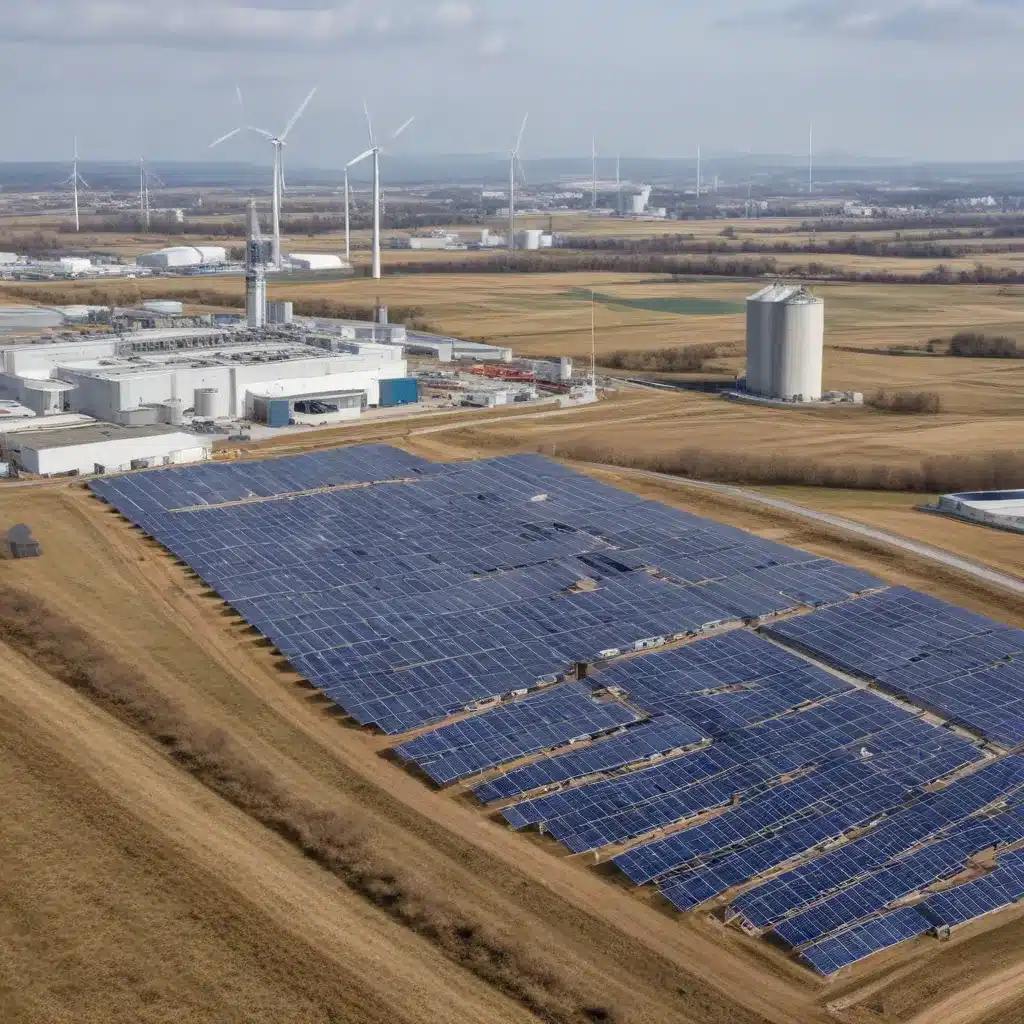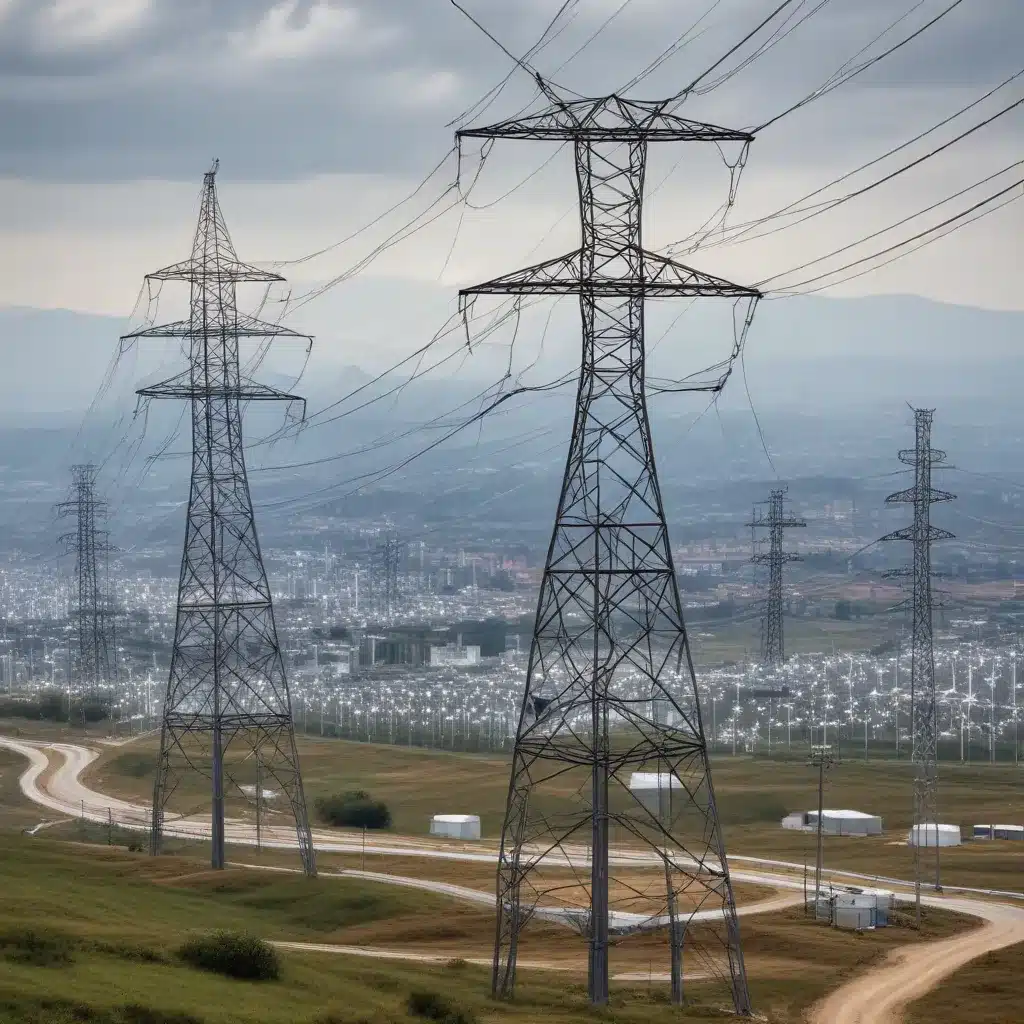
Low Emission Vehicle Integration: Will National Grid’s Electricity System Be Ready in Time?
The push for a sustainable, low-emission future has gained significant momentum across Europe, with ambitious carbon reduction targets and widespread adoption of renewable energy sources. As the continent’s transportation sector undergoes a profound transformation, a critical question emerges: will the electricity grid infrastructure be ready to seamlessly integrate the growing number of electric vehicles (EVs) and support the transition to a zero-emission transportation ecosystem?
Emission Reduction Strategies
The European Union’s commitment to achieving climate neutrality by 2050 has catalyzed a multifaceted approach to decarbonize the energy and transportation sectors. At the forefront of this effort is the rapid expansion of renewable energy generation, particularly wind and solar power. Countries like Germany, Spain, and the United Kingdom have set bold targets for renewable energy deployment, driving significant investments in grid modernization and energy storage solutions.
Alongside the renewable energy push, the transition to low-emission vehicles has become a central pillar of the EU’s climate action plan. Governments have implemented a range of policy mechanisms, including financial incentives, emission regulations, and infrastructure development initiatives, to accelerate the adoption of EVs. This shift is crucial, as the transportation sector accounts for a significant portion of Europe’s greenhouse gas emissions.
Low Emission Vehicle Considerations
As the EV market continues to expand, the strain on the electricity grid becomes increasingly apparent. National Grid, a leading utility provider in the UK, has recognized the need to proactively address the challenges posed by the integration of low-emission vehicles. The company has launched comprehensive studies and initiatives to ensure that the grid infrastructure is ready to support the growing demand for EV charging.
One of the key considerations is the grid’s capacity to accommodate the increased electricity load from charging stations. The deployment of fast-charging hubs along major transportation corridors, as well as the proliferation of home and workplace charging, will require a significant upgrade to the power distribution network. National Grid’s research has highlighted the potential for certain high-demand areas to require power loads comparable to small towns by 2045.
To address this challenge, utilities and policymakers are exploring innovative load management techniques, such as time-of-use pricing, smart charging algorithms, and vehicle-to-grid (V2G) technology. These solutions aim to incentivize EV owners to charge their vehicles during off-peak hours, effectively balancing the grid’s supply and demand.
Additionally, energy storage systems are poised to play a crucial role in enhancing the grid’s resilience and accommodating the fluctuations in renewable energy generation and EV charging loads. Utility-scale battery storage, as well as distributed energy storage solutions, can help smooth out the peaks and valleys in electricity demand, ensuring a more stable and reliable grid.
Challenges and Opportunities
As the transition to low-emission vehicles accelerates, grid operators like National Grid face a multifaceted set of challenges and opportunities. Ensuring the grid’s resilience and reliability is paramount, as uninterrupted power supply is essential for the seamless operation of EV charging infrastructure and the broader electrification of transportation.
Balancing the supply and demand of electricity will require sophisticated energy management systems and demand response programs that can dynamically adjust to the changing patterns of renewable energy generation and EV charging. Additionally, maintaining power quality and addressing cybersecurity threats will be critical to safeguarding the grid’s operations.
The successful integration of low-emission vehicles into the electricity system will also depend on the development of harmonized policy and regulatory frameworks. Governments and utilities must work collaboratively to create incentives for clean energy investments, facilitate consumer-utility partnerships, and establish standardized protocols for EV charging and grid integration.
Technological Advancements
The transition to a low-emission transportation future is being driven by a wave of technological innovations that are transforming the electricity grid and the EV ecosystem. Smart grid technologies, such as advanced metering infrastructure, distributed energy resources, and intelligent energy management systems, are enabling greater visibility and control over grid operations.
These technological advancements, combined with the proliferation of renewable energy sources and energy storage solutions, are paving the way for a more dynamic and responsive grid. Utilities can now leverage data-driven insights to optimize grid operations, integrate distributed energy resources, and facilitate the seamless charging of electric vehicles.
Furthermore, the development of innovative charging solutions, including wireless charging and vehicle-to-grid (V2G) capabilities, is expanding the possibilities for EV integration. These technologies not only enhance the convenience and accessibility of EV charging but also enable a two-way flow of electricity, allowing EVs to serve as distributed energy resources and support grid balancing.
Socioeconomic Implications
The transition to a low-emission transportation ecosystem has far-reaching socioeconomic implications that extend beyond the technical aspects of grid integration. Ensuring equity and accessibility in the adoption of electric vehicles and the deployment of charging infrastructure is a critical consideration.
Policymakers and utilities must address the affordability of EVs and ensure that charging options are available in underserved communities, mitigating the risk of widening existing socioeconomic disparities. Collaborative efforts between government, industry, and community stakeholders can help to foster inclusive and equitable access to the benefits of clean transportation.
Moreover, the environmental impact and sustainability of the low-emission vehicle transition cannot be overlooked. The successful integration of EVs into the electricity grid must be coupled with a continued increase in renewable energy generation and a commitment to reducing the overall carbon footprint of the transportation and energy sectors. Achieving net-zero emissions targets will require a holistic approach that aligns with the principles of environmental justice and climate resilience.
Conclusion
As Europe sets its sights on an increasingly sustainable and low-emission future, the readiness of the electricity grid to accommodate the integration of electric vehicles emerges as a pivotal challenge. The efforts of utilities like National Grid, coupled with technological advancements and policy frameworks, will be essential in ensuring that the grid infrastructure is prepared to support the growing demand for low-emission transportation.
By addressing the technical, regulatory, and socioeconomic factors at play, the European energy landscape can navigate the transition to a zero-emission transportation ecosystem, unlocking a future of cleaner air, reduced greenhouse gas emissions, and a more resilient and reliable electricity system. The time to act is now, as the path towards a sustainable and equitable low-emission future continues to unfold.







